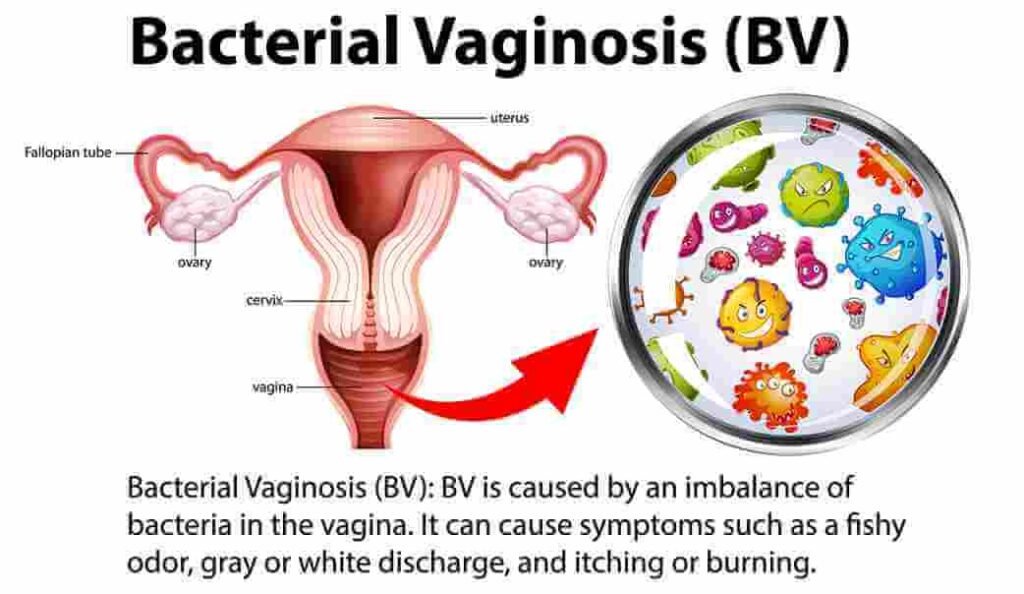
Vaginal Discharge: Causes, Symptoms, and Prevention
Vaginal discharge is a natural and normal occurrence in women that plays a crucial role in maintaining vaginal health.
What is Vaginal Discharge?
Vaginal discharge is fluid that is produced by the glands in the vagina and cervix. Through this discharge, a woman’s body expels fluid and cells and helps clean and lubricate her vagina. It is a constant presence in a woman’s body until menopause, and the production of discharge usually varies from woman to woman.
What is Considered a Normal Discharge?
A normal discharge will always be clear or whitish with a slight odour, but not strong and unpleasant. The discharge usually varies according to the body’s production of cervical fluid.
If you are noticing an increase in the production of discharge from the vagina or a change in the colour of the discharge, then you should seek medical attention right away. An unusual discharge with a foul smell, irritation, itching, or pain in and around the vagina is considered an abnormal vaginal discharge.

Normal vaginal discharge is usually:
- Clear, white, or slightly yellow
- Generally comes with no bad odour
- Does not cause itching or irritation
- May increase 2 weeks before menstruation
On the other hand, abnormal vaginal discharge may include:
- Itchiness with a burning sensation
- Appears grey, green, or yellow
- A strong smell that lasts more than a day
- Changes in the amount of the discharge
- Irritation in and around your vagina
What Causes Abnormal Vaginal Discharge?
Let’s have a look at some of the factors that can cause vaginal discharge to change or become unpleasant-smelling.
- Vaginal yeast infections
Vaginal yeast infections occur when certain fungi grow out of control in your vagina and give rise to thick, white, cottage cheese-like vaginal discharge that can swell your vagina. Vaginal yeast infections can be treated with antifungal medication.
- Bacterial vaginosis
Bacterial vaginosis is a condition in which there is a large number of certain bacteria in your vagina. It can make your discharge grey in colour, which will be foul-smelling and fishy.

- Atrophic vaginitis
Under this condition, after menopause, a decrease in oestrogen levels can cause the walls of the vagina to become dry and thinner than normal.
How Can You Keep Your Vagina Clean and Healthy?
To keep your vagina clean and healthy, let’s understand some of the prevention tips for vaginal health.

- You should avoid using scented products and douching. As these habits can disturb the normal pH balance of the vagina.
- To maintain vaginal health, practise good hygiene by keeping the external genital area clean and dry.
- Practice safe sex to protect yourself from sexually transmitted infections (STIs).
- Go to regular gynaecological check-ups to be updated about your vaginal health.
- Try to wear 100% cotton undergarments and avoid tight clothes.
CONCLUSION
Discharge from the vagina is a natural and normal occurrence in women that plays a crucial role in maintaining vaginal health. However, changes in the consistency, colour, or odour of discharge can be indicative of underlying issues such as infections.
If you have been experiencing an abnormal vaginal discharge, consult your Gynaecologist for better guidance and treatment.